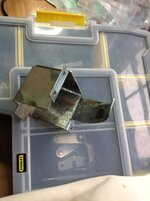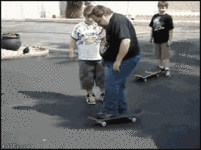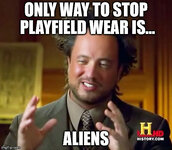This is very well established and widely used as a playfield wax ... http://www.millamusement.com
I find it awful to apply. It gets stuck in the plastics, switches, then stains them like dry toothpaste. When you buff it you end up with loose white flakes everywhere. I much prefer using products like gerlitz.
Virtually ever game I have cleaned has this kind of dry toothpaste staining dotted around it - under plastics, on slingshot switches, on plastic posts, in holes through the pf .... The more games I strip down, the more I wonder whether Mill Wax damages the metal too.
For example, I found that the metal kick-out saucers on my paragon were far more pitted above the playfield than below it, I found a residue that looked like mill wax in various places.
Similarly on my scared stiff. Residue that looked like mill wax in various places. Mechs like this were far worse above the pf than below it ...

I find it awful to apply. It gets stuck in the plastics, switches, then stains them like dry toothpaste. When you buff it you end up with loose white flakes everywhere. I much prefer using products like gerlitz.
Virtually ever game I have cleaned has this kind of dry toothpaste staining dotted around it - under plastics, on slingshot switches, on plastic posts, in holes through the pf .... The more games I strip down, the more I wonder whether Mill Wax damages the metal too.
For example, I found that the metal kick-out saucers on my paragon were far more pitted above the playfield than below it, I found a residue that looked like mill wax in various places.
Similarly on my scared stiff. Residue that looked like mill wax in various places. Mechs like this were far worse above the pf than below it ...





